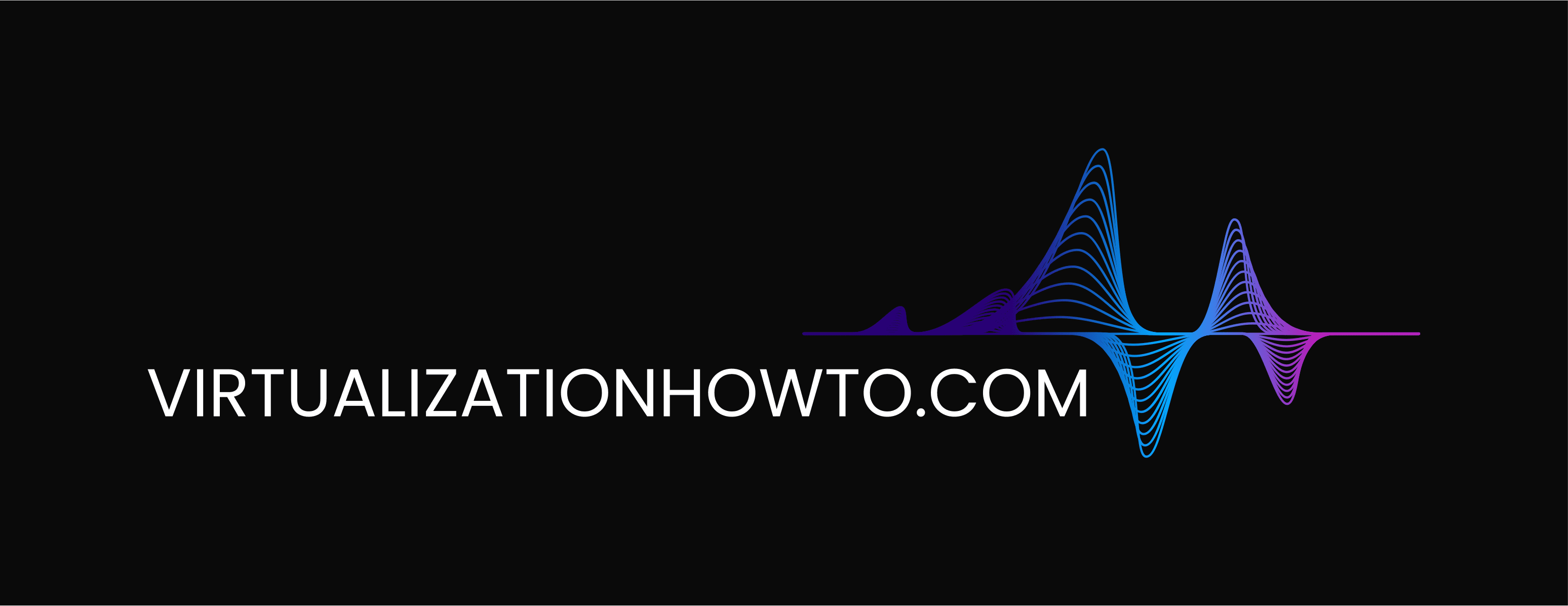-
home lab
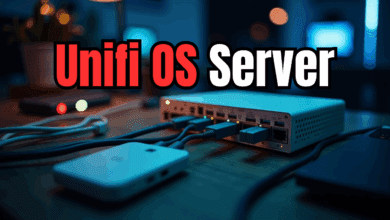
New UniFi OS Server Lets You Self-Host the Full UniFi Experience
If you have been following the news lately, Ubiquiti just released something very exciting, UniFi OS Server. This will likely change how we self-host our Unifi controller and network application moving forward. Let’s take a…
Read More » -
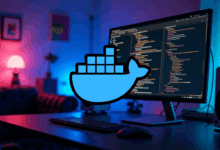
-

-
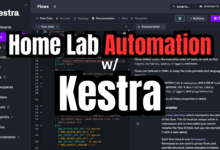
-
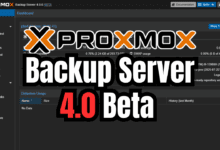
Latest articles
-
vSAN
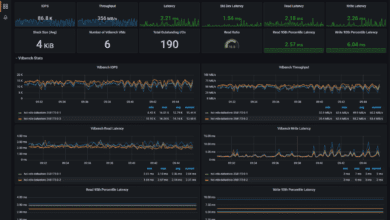
HCIBench – Speedtest for VMware vSAN storage
If you work with VMware vSAN and are looking for a benchmarking tool for your vSAN datastore, the HCIbench tool…
-
Windows Subsystem for Linux
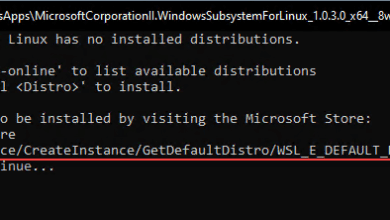
Windows Subsystem for Linux has no installed distributions
Windows Subsystem for Linux is a great environment for working with Linux tools, applications, utilities, bash command prompt shell, etc.,…
-
Containers
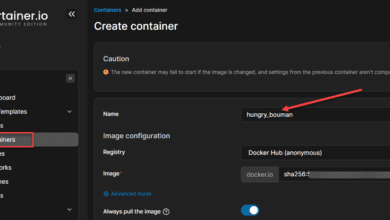
Docker Rename container from the command line and GUI
You may be running several Docker container instances in your lab environment and elsewhere. Docker container environments are becoming increasingly…
-
home lab
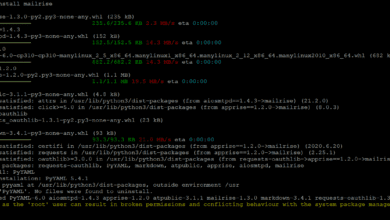
IoT Notification System Push Notifications for Home Lab no SMTP required
There has been an explosion of IoT devices across consumer and enterprise environments leading to IoT notification system needs. IoT…
-
Containers
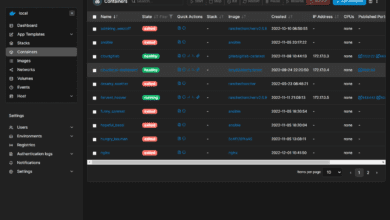
Monitor docker containers with 6 Free tools
When you have numerous containers running in your environment, whether in production or in your home lab, you need to…
-
Kubernetes
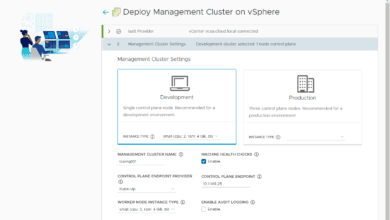
K8s at home – Top distros for labs and learning
Running Kubernetes at home is a great way to learn more about K8s and run real workloads to get a…
-
Kubernetes
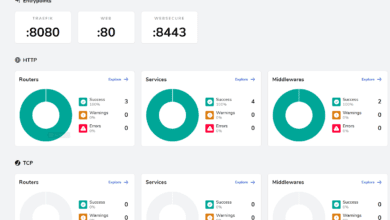
Microk8s ingress controller configuration with Traefik
Microk8s is one of the easiest forms of Kubernetes you can spin up in an environment as it only requires…
-
Networking
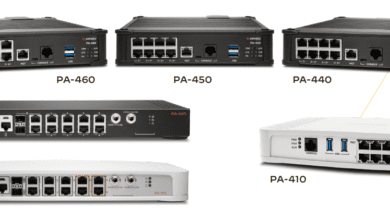
Palo Alto PA 440 New Firewall Review
For the past few years now, I have been running the Palo Alto Networks PA 220 in the home lab…
-
Storage
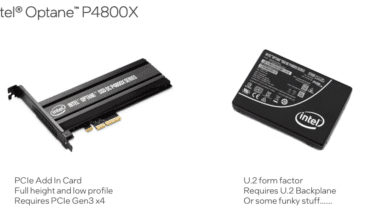
Is Intel Optane Worth It? Awesome vExpert Opportunity
Many have heard that Intel Optane is a significantly faster storage solution than traditional and even the modern NVMe storage…
-
Containers
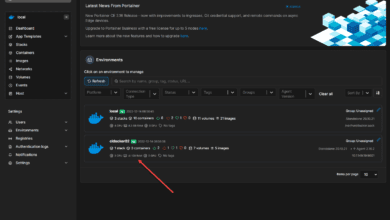
Portainer Agent Manage Remote Docker environment
Getting your self-hosted Installation ID and Installation Key

